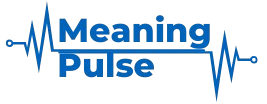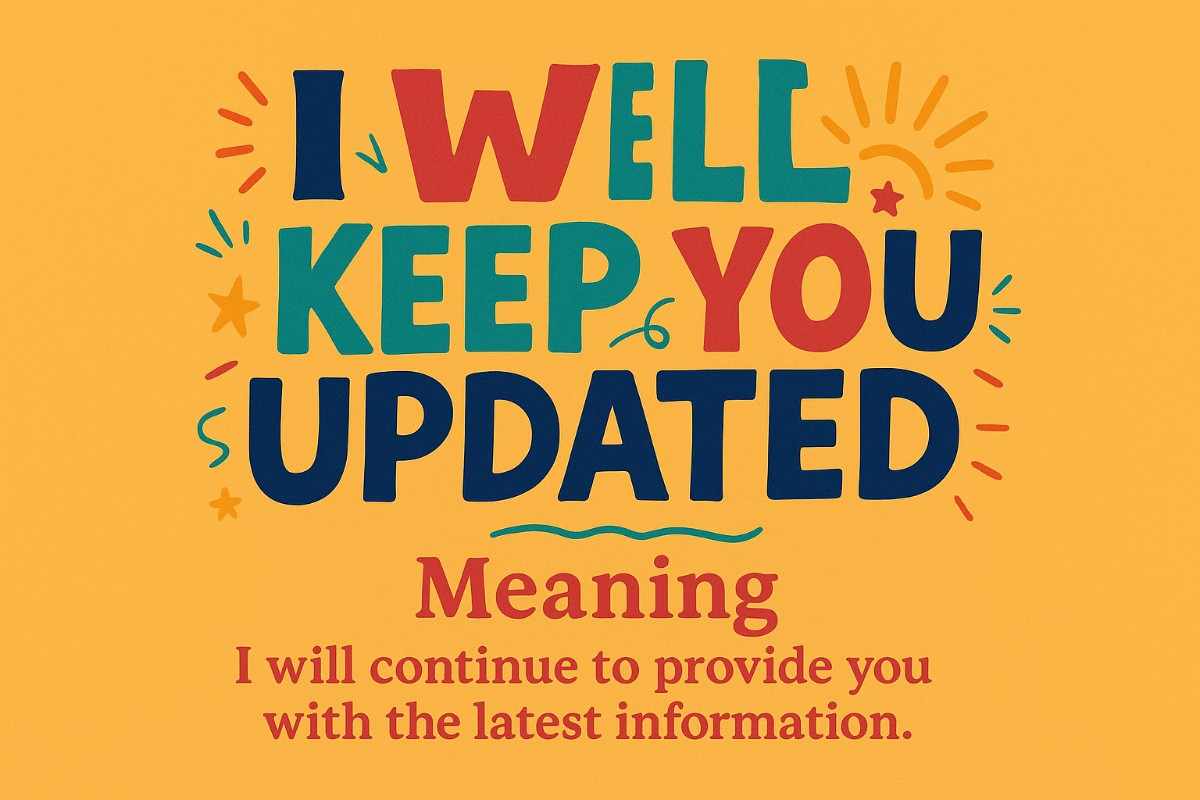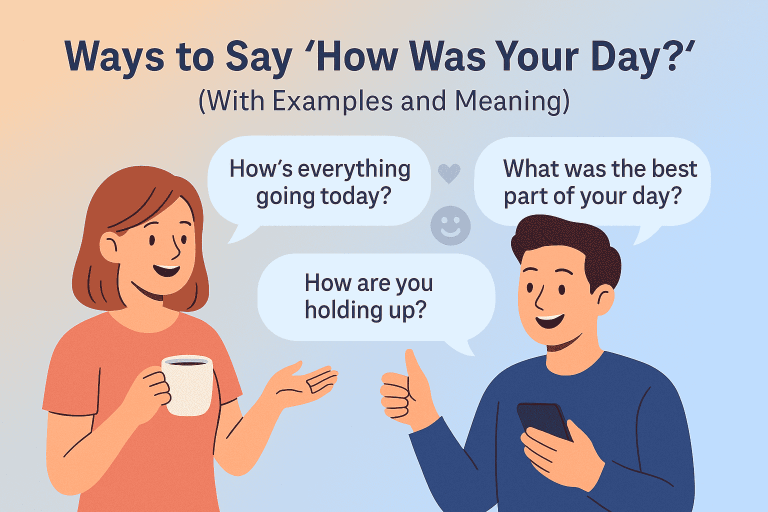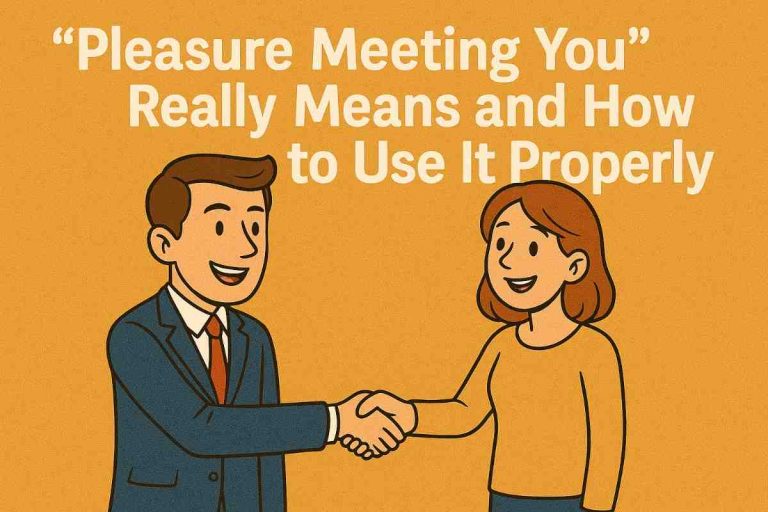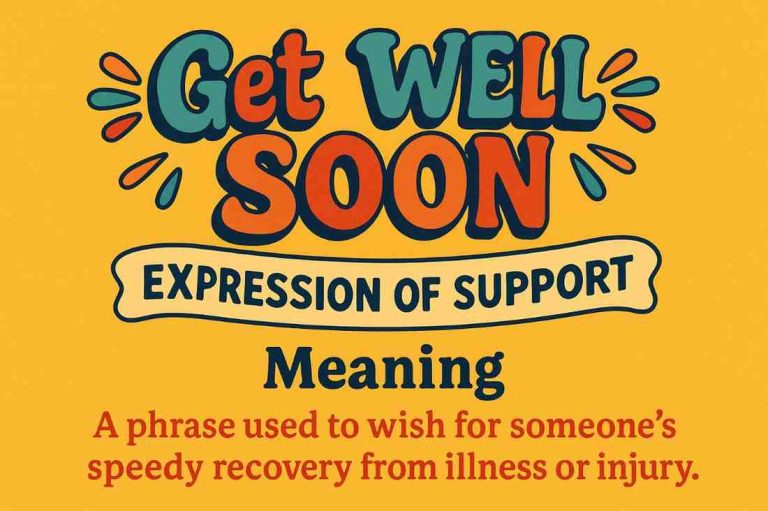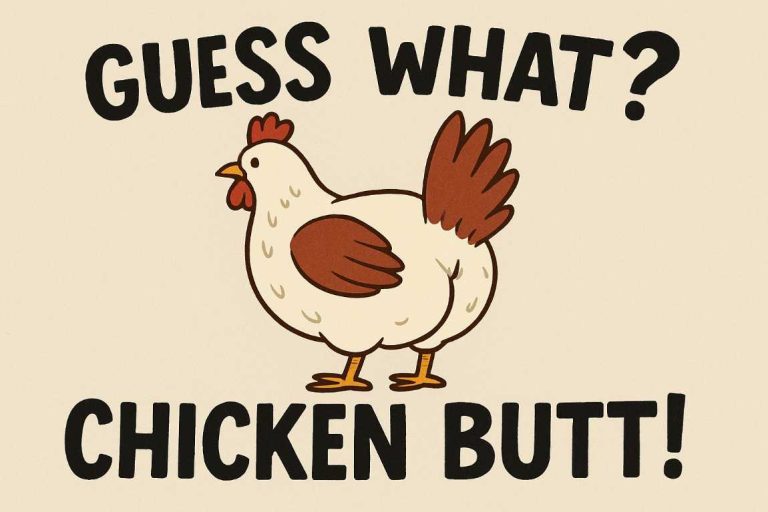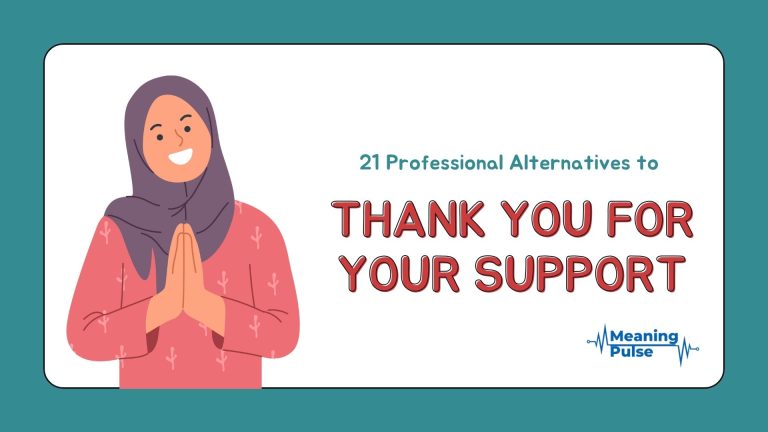I Will Keep You Updated: Meaning, Usage, and 20 Alternatives
Whether you’re managing a project, chatting with a coworker, or following up with a client, the phrase “I will keep you updated” pops up a lot. It’s simple. It’s clear. And hey, it gets the job done. But sometimes, you want to sound a little more polished—or just say it differently without sounding robotic.
Maybe you’re emailing a supervisor, or maybe you’re texting a colleague. Either way, repeating the same phrase over and over? It gets stale.
Let’s break down what “I will keep you updated” really means, when to use it, and 20 sharp, professional ways to say it instead.
What Does “I Will Keep You Updated” Mean?
In a nutshell, it’s a promise to provide more information as things progress. You’re telling someone, “Hey, I’ve got this—and I’ll tell you when there’s something new.”
This phrase works well when timelines are uncertain or when someone is depending on you for progress. Think of it like saying, “You’re in the loop. Sit tight.”
It’s informal enough for Slack, but respectful enough for most work emails. Still, like any phrase, context matters.
Also See – 20 Professional Alternatives to “Let Me Know If You Need Anything”
When to Use “I Will Keep You Updated”
This phrase fits neatly in these scenarios:
- Project management – You’re updating stakeholders or team members.
- Customer support – You’re dealing with an issue that takes time to resolve.
- Job recruitment – Following up with candidates or hiring managers.
- Event coordination – You’re organizing something and not all the details are finalized.
- Tech troubleshooting – Waiting on logs, fixes, or feedback from a dev team.
Here’s the thing: while it’s useful, using it too often can make your messages sound repetitive or vague. That’s why having alternatives helps.
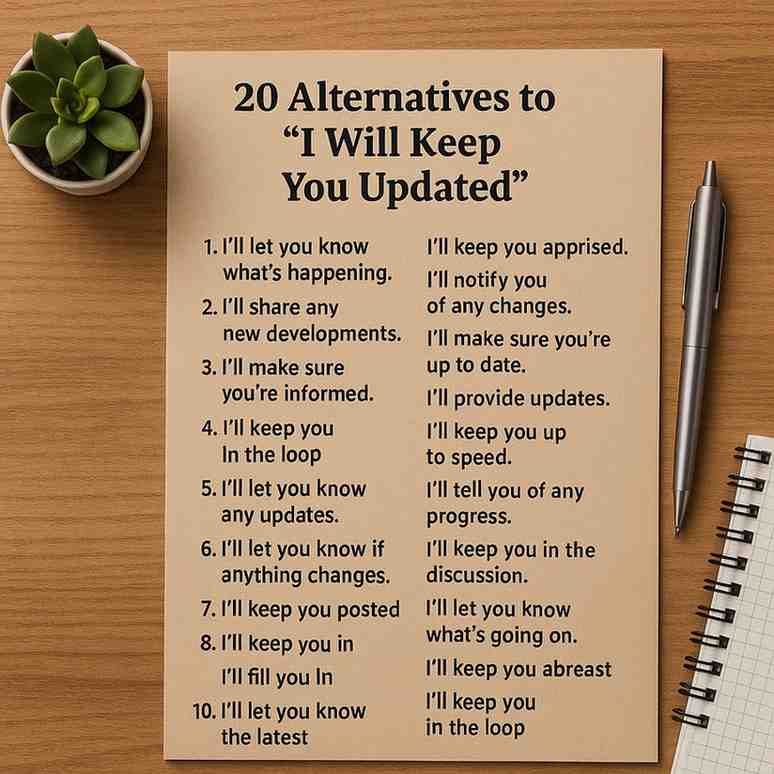
20 Professional Alternatives to “I Will Keep You Updated”
Below are some polished options you can use—complete with meaning, explanation, example, best/worst uses, and tone.
1. I’ll let you know as soon as I hear more.
Meaning: You’ll share info once you receive it.
Explanation: Adds a bit of urgency and care.
Example: “I’ve contacted the supplier. I’ll let you know as soon as I hear more.”
Best Use: Customer service, team follow-ups.
Worst Use: When you are the person gathering the info.
Tone: Friendly and attentive.
2. I’ll circle back with updates.
Meaning: You plan to revisit the topic.
Explanation: Slightly formal, often used in meetings or business writing.
Example: “We’re reviewing your request. I’ll circle back with updates.”
Best Use: Internal communications.
Worst Use: Casual texts or DMs.
Tone: Professional, polished.
3. I’ll keep you posted.
Meaning: Informal promise to update.
Explanation: Casual version of “keep you updated.”
Example: “I’m speaking with the developer now—I’ll keep you posted.”
Best Use: Slack, text, casual emails.
Worst Use: Formal client messages.
Tone: Relaxed, conversational.
4. I’ll keep you in the loop.
Meaning: You’ll share relevant updates.
Explanation: Implies inclusion and teamwork.
Example: “We’re still planning things, but I’ll keep you in the loop.”
Best Use: Team or collaborative contexts.
Worst Use: Very formal updates.
Tone: Friendly, team-oriented.
5. I’ll update you shortly.
Meaning: The update is coming soon.
Explanation: Implies a short waiting period.
Example: “Thanks for your patience—I’ll update you shortly.”
Best Use: Time-sensitive cases.
Worst Use: When you have no timeline.
Tone: Efficient, direct.
6. I’ll let you know if anything changes.
Meaning: You’ll reach out only if needed.
Explanation: Helpful when things are stable but might shift.
Example: “The schedule is confirmed—I’ll let you know if anything changes.”
Best Use: Confirmed plans.
Worst Use: When constant updates are expected.
Tone: Reassuring.
7. You’ll hear from me soon.
Meaning: You’ll reach out shortly.
Explanation: Friendly and direct.
Example: “Still waiting on a reply. You’ll hear from me soon.”
Best Use: One-on-one communication.
Worst Use: Group emails.
Tone: Personal, informal.
8. I’ll touch base once I know more.
Meaning: You’ll reconnect after getting info.
Explanation: Common in business communication.
Example: “We’re waiting on legal. I’ll touch base once I know more.”
Best Use: Team or vendor updates.
Worst Use: Too frequent use feels robotic.
Tone: Balanced.
9. More info coming your way soon.
Meaning: An update is imminent.
Explanation: Friendly and forward-looking.
Example: “Thanks for your patience. More info coming your way soon.”
Best Use: Customer-facing updates.
Worst Use: Legal or policy matters.
Tone: Upbeat.
10. I’ll follow up shortly.
Meaning: You’ll reach out again soon.
Explanation: Suggests responsibility and action.
Example: “We’re reviewing your request—I’ll follow up shortly.”
Best Use: Email threads.
Worst Use: Group chats.
Tone: Confident, professional.
11. I’ll have more for you soon.
Meaning: More info is on the way.
Explanation: Suggests things are still progressing.
Example: “Not much right now, but I’ll have more for you soon.”
Best Use: Delayed timelines.
Worst Use: When there’s no clear path.
Tone: Hopeful, casual.
12. Expect an update from me shortly.
Meaning: They can count on hearing from you.
Explanation: Shows reliability.
Example: “We’re finalizing the specs—expect an update from me shortly.”
Best Use: Project management.
Worst Use: Informal chats.
Tone: Formal, trustworthy.
13. I’ll follow through with the next steps.
Meaning: You’ll handle action items.
Explanation: Suggests accountability.
Example: “Thanks for the meeting—I’ll follow through with the next steps.”
Best Use: After meetings.
Worst Use: Simple updates.
Tone: Responsible, task-driven.
14. I’ll be in touch soon.
Meaning: You’ll reach out.
Explanation: General promise to communicate.
Example: “We’re reviewing options—I’ll be in touch soon.”
Best Use: Networking or sales.
Worst Use: Tech support.
Tone: Warm, friendly.
15. I’ll reach out when I have more info.
Meaning: You’ll communicate only when needed.
Explanation: Great for info-gathering gaps.
Example: “Still checking with the vendor—I’ll reach out when I have more info.”
Best Use: Vendor/client communication.
Worst Use: When updates are expected regularly.
Tone: Straightforward.
16. You’ll get an update from me by [time/date].
Meaning: You’re committing to a deadline.
Explanation: Builds trust and sets expectations.
Example: “You’ll get an update from me by Friday.”
Best Use: Managing expectations.
Worst Use: When timelines are unclear.
Tone: Reassuring.
17. Stay tuned for more details.
Meaning: Encourages continued attention.
Explanation: Often used in public or marketing-style messages.
Example: “Stay tuned for more details after the demo.”
Best Use: Newsletters, announcements.
Worst Use: Personal or direct follow-ups.
Tone: Energetic.
18. I’ll keep tracking this and share any news.
Meaning: You’re actively monitoring something.
Explanation: Shows ongoing attention.
Example: “I’ll keep tracking this and share any news that comes in.”
Best Use: Time-sensitive updates.
Worst Use: Where urgency isn’t needed.
Tone: Alert, responsible.
19. I’ll give you a heads-up if anything changes.
Meaning: You’ll notify of any shifts.
Explanation: Good for managing calm during uncertainty.
Example: “No changes yet—I’ll give you a heads-up if anything changes.”
Best Use: Stable situations.
Worst Use: Fast-moving projects.
Tone: Low-pressure, relaxed.
20. I’ll stay on top of this and keep you informed.
Meaning: You’ll manage and report.
Explanation: Shows proactivity.
Example: “I’ll stay on top of this and keep you informed as we go.”
Best Use: Project leadership.
Worst Use: Informal texts.
Tone: Responsible, slightly formal.
Read Also – 26 Alternatives to ‘Please Feel Free’ for Better Email and Copywriting
Simple and Polite Responses to “I Will Keep You Updated”
So, someone tells you they’ll keep you updated—what do you say?
Here are a few polite replies:
- “Thanks! I appreciate that.”
- “Sounds good. Looking forward to it.”
- “Thanks for the heads-up.”
- “Got it—thanks for keeping me posted.”
- “Okay, let me know if there’s anything I can do.”
- “Much appreciated.”
Short, kind, and professional—easy.
Conclusion
“I will keep you updated” isn’t going anywhere. It’s reliable, it’s clear, and it works. But when you’ve used it for the fifth time in a single email thread? Time to switch it up.
Having a few strong alternatives in your back pocket helps you sound more thoughtful—and more professional. Whether you’re managing deadlines, answering customer questions, or just keeping your team in sync, how you say things matters.
So next time you’re about to type “I’ll keep you updated,” pause. Pick the phrase that fits your tone, your audience, and the moment. Your communication will sound sharper—and people will actually remember what you said.
